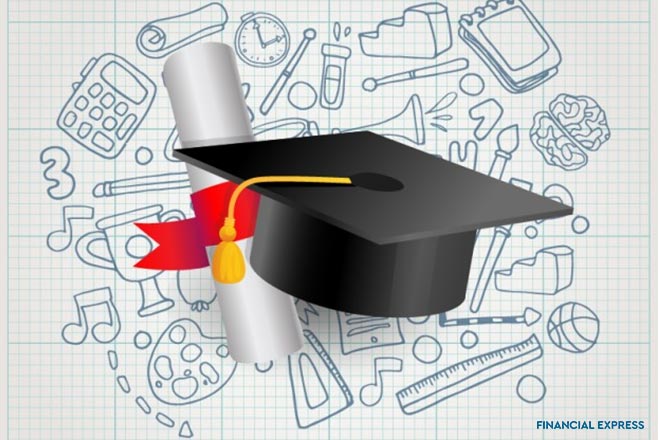By Sumeet Mehta
By now, everyone is convinced about at least two things:
1. What schools and teachers are able to do, day in and day out, with children is incredible. About 25 crore parents in India have figured out that keeping children productively engaged for a month of confinement is difficult. So, there is a new-found respect for schools and teachers.
2. Schools are not opening in a hurry. The best estimates are they’ll open in end-June or early July, by which time children would have been confined to their homes for 100 days. So, parents need to find ways to engage their kids productively.
What no one appears to be talking about are two big issues:
One, what happens to schools and teachers for these three months? Affordable private schools rely almost exclusively on school fee to manage their expenses. While most headlines are garnered by the 15-20,000 high-fee schools that are accused of fee inflation, profiteering and teacher exploitation, there are 4 lakh private schools that charge meagre fees and serve about 10 crore students. These low-fee schools are stuck between a rock and a hard place.
Governments, in an attempt to ease the pain on the common man, have decreed that schools cannot charge fees till the lockdown is in effect. They have also said no lay-offs or salary cuts be done. If parents don’t pay fees, how do schools pay salaries? There are 40 lakh teachers who go to these 4 lakh schools. And we are staring at a crisis of them losing their jobs or going without salary if parents don’t pay fees. There are drivers, bus assistants, cleaners who rely on schools for their monthly wages. Granted, children are not coming to schools, but if schools don’t charge transport fee, how will they pay their staff?
Thankfully, there is a way out of this imbroglio. Parents pay schools purportedly for learning. If learning cannot happen in the physical world, schools can deliver learning online and still deserve to be paid tuition fees. From this tuition fee, they can pay salaries to teachers. Schools can remove the cost of fuel and maintenance, and charge a reduced transport fee, and from that pay drivers and cleaners. Basically, we need to keep this cycle—student learning, school fee, staff salaries—going, else there will be negative cascading effects of this shutdown.
Two, what will happen when schools reopen? We are going to return to a new normal of heightened sensitivity towards social distancing and transmission risk. Schools will have to reimagine things on five fronts:
Transport: How do students come to schools? Will parents still send their children in cramped buses where children literally sit on each other’s laps? Or will there be social distancing norms and, therefore, higher costs?
Entry norms: Will we have thermal scanners at the entry of schools and hand sanitisers everywhere? What does that do to school operating costs?
Uniforms: Will masks become part of school uniform?
Social distancing: Will the student-to-classroom ratio change? Or will we continue in classrooms where three children sit elbow to elbow on the same bench? If we need to impose social distancing norms in classrooms, what does that do to school timetable and scheduling?
Breaks: How do you even manage the organic, Brownian movement of children during breaks and during entry and exit? How do you handle school assemblies?
As we begin to answer these questions, new ones will emerge; they will require tectonic shifts in how schools operate, and I haven’t even begun to talk about how learning in schools will change. Let’s save our teachers, our school staff and reimagine school operations in a new world.
(The author is co-founder & CEO, LEAD School (it runs the largest online school in India with 2 lakh students from over 600 schools). Views are personal.)

